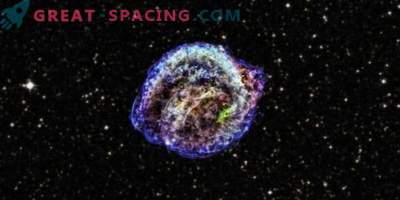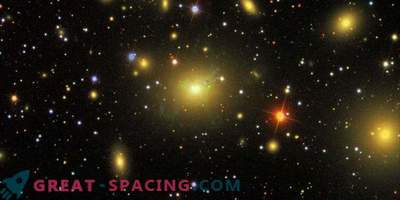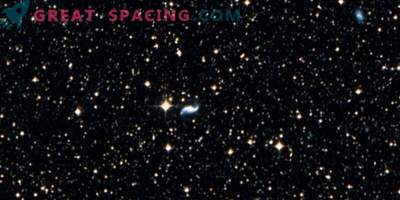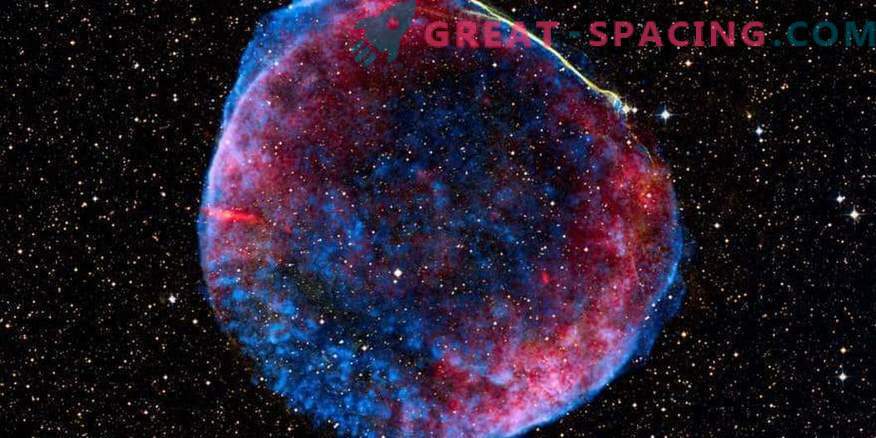
Tycho supernova remnant observed in X-rays with a display of an expanding shock wave
Researchers from Monash University were able to find out more details about the precursor to the supernova Tycho. Previously it was believed that it was a white dwarf, but new data refute this theory.
Ia-type supernovae are standard candles for space review and also play an important role in the evolution of galactic chemical processes. But the origin of the explosions is still mysterious. Most scientists agree that the original stars were white dwarfs filled with carbon and oxygen with a mass in the Chandrasekhar limit (1.4 times larger than the Sun).

Artistic interpretation of a white dwarf with slow accumulation of material from a neighbor
A white dwarf could slowly take away matter from a neighbor and gain the necessary massiveness for an explosion. Or the explosion occurred due to the merger of two white dwarfs. The scenario of classical accretion implies the presence of a bright and red-hot precursor capable of ionizing gas within a radius of 10-100 parsecs. After destruction, the ionization source disappears. But the created nebula may exist another 100,000 years after the explosion event. This means that the amount of neutron gas found in a supernova can help establish a clear frame for the temperature and brightness of the precursor. 445 years ago, Tycho Brahe noticed a new star. She was brighter than Venus and disappeared a year later. Now we understand that the scientist tracked the nuclear destruction of the white dwarf. Because of its proximity to our planet, Tycho is considered one of the most documented examples of Ia-type supernovae.
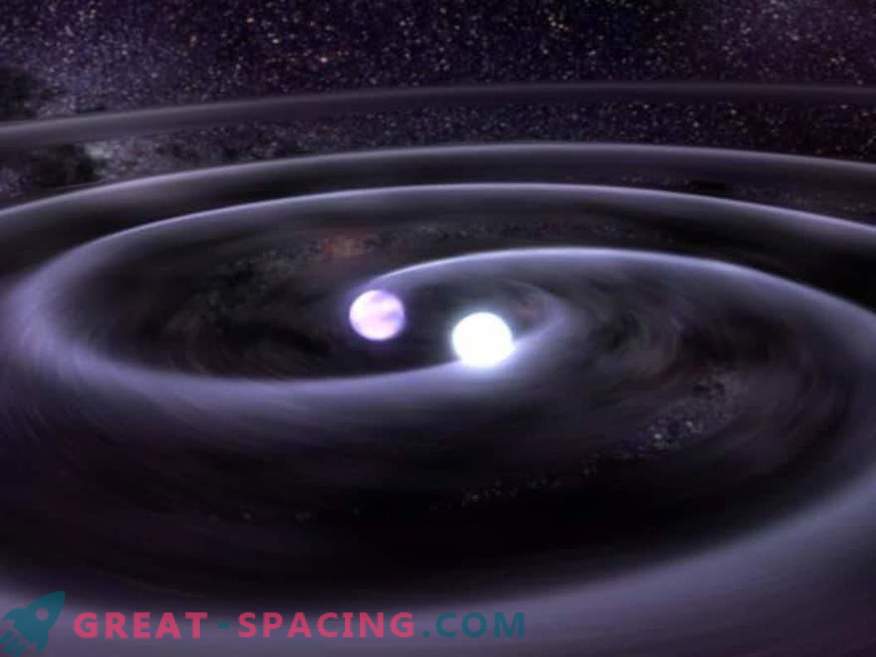
White Dwarf Binary System
Supernova remnants continue to expand. Studying them helps to eliminate the two scenarios described. Most likely, it is a matter of merging white dwarfs or some other more exotic version.


